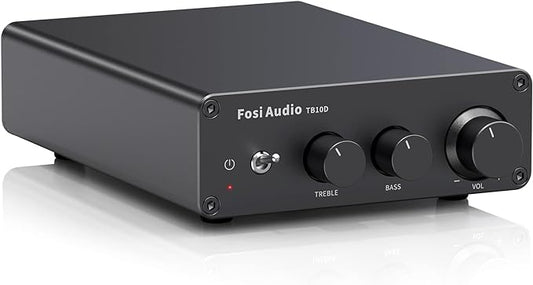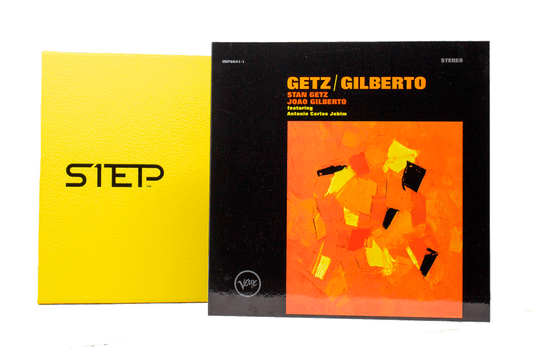Yesterday we covered the basics of ports in speaker boxes that would otherwise be called sealed boxes were it not for the hole and associated tube punched into the speaker box to extend the bass.
Port calculations used to be a black art but today the science is well known and there are many online port calculators that take the complicated mathematics and make it easy to implement for designers. By far, the port is the most common means of extended bass response in a cabinet.
The second most common bass extender for loudspeakers is called a passive radiator. The first passive radiator I ever saw was in a Polk loudspeaker. Polks and several other speakers of the day all used passive radiators for extended bass response. Many still use this technique today, Thiel, Definitive and Golden Ear come to mind.
A passive radiator is actually nothing more than a fancy port, but if I were designing a loudspeaker for sale and was willing to accept a hole in my speaker box to extend the bass (which I would not), then a passive radiator or a folded transmission line would definitely be on the top of my list relative to a port.
A passive radiator is a woofer without a motor. The motor of a loudspeaker driver is made up of a large magnet and a voice coil. The voice coil is an electro magnet - meaning if you put electricity into it you create a magnetic field - and when you power the voice coil with music from your power amplifier, it pushes away from and is drawn towards the large permanent magnet on the back of the driver. The woofer cone is what is moving back and forth - and the only part of the woofer you actually see - and it is this back and forth movement of the woofer cone that pressurizes the air in the room to get sound.
A passive radiator is the cone without the voice coil and magnet - covering a big hole in the cabinet. The radiator is placed in the same box as the woofer itself is and, when the woofer starts to move back and forth to make bass, the rear pressure of that woofer pushes the passive radiator in and out to get increased sound.
One might think that if the passive radiator is being driven by the rear of the main woofer that it would be out of phase and thus cancel, instead of boost but as mentioned yesterday, it's actually one full cycle out of time and thus it reinforces. The radiators do their most where the woofer actually does the least - right at what's known as box resonance - the point where the woofer is making the least amount of bass.
By controlling the mass or weight of the passive radiator's moving surface, the designer can control how this works and the bass can be pretty effective. Thiels use this technique to great advantage as well.
Tomorrow the folded transmission line.








